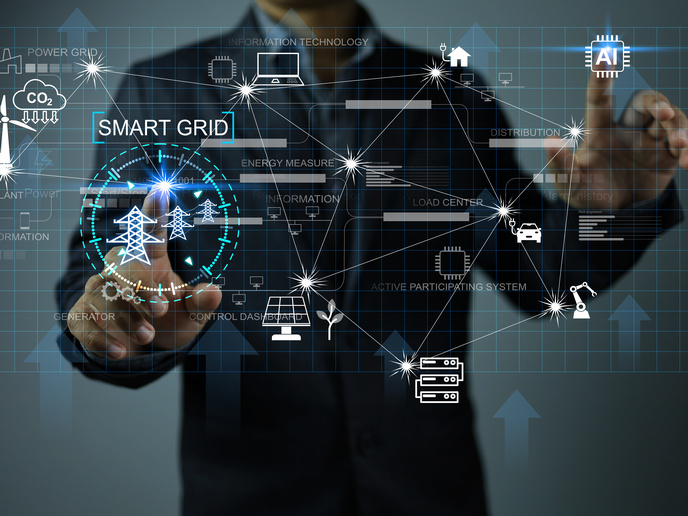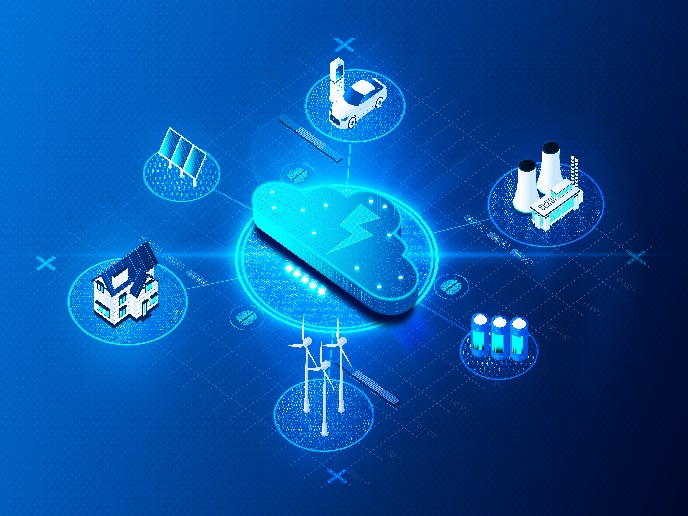Interoperable solutions connecting smart homes and buildings to the grid
The energy sector is facing an unprecedented mission of ensuring that consumers, technologies, buildings and grids collaborate effectively to ensure efficient and resilient energy use in different Member States.
A new era for interoperability and consumer participation
Interoperability plays a vital role here, allowing technologies to seamlessly integrate with both energy and non-energy services in the context of buildings and grids. Consumer-centric applications are being used to improve energy use, while also supporting the grid operations, all by using interoperable technologies. The EU-funded InterConnect project has validated the use of semantic-based interoperability in different pilots. “EU consumers are benefiting from the developments made by InterConnect in semantic interoperability. These have granted them access to new functionalities, seamlessly provided by manufacturers, integrators and service providers, which facilitate optimised energy management of their appliances and systems. The enhancements come in the form of recommendations and technologies tailored to their needs” explains project coordinator David Rua.
Building blocks for interoperability
The project has produced a Semantic Interoperability Framework (SIF), a publicly available suite of digital tools designed to facilitate data exchange among various digital platforms associated to devices and systems within buildings and the electric grid. “By semantically interconnecting systems that interpret data based on its meaning (semantic planes), we can establish reasoning and knowledge-based interactions to support fast-paced development of cross-domain services. The SIF enables the decentralised implementation of modular and scalable deployment of digital platforms for data exchange mechanisms based on ontologies, like SAREF, thereby fulfilling EU’s action plan for digitalising the energy system,” highlights Rua. “To tackle the specificities of the distribution grid, InterConnect introduced the DSO Interface (DSOi) concept. This enables simpler strategies for monitoring and managing low-voltage grids, while also introducing new, standardised ways for data exchange between distribution grids and service providers. This is done from a geographical perspective, allowing discriminated actions from smart homes, buildings and communities,” explains Rua. The DSOi facilitates communication among the internal systems of distribution system operators and external entities. Semantic interoperable technologies are used to enhance interactions. The DSOi helps mobilise residential and commercial buildings to adapt their energy use flexibly, allows to monitor grid performance and provides accessible data analytics.
Setting new boundaries
The need to address the current energy crisis and ensure that consumers are placed at the forefront of supporting the efficiency and resiliency of the electric grids, led InterConnect to support the Common European Reference Framework (CERF). InterConnect has introduced a new set of tools, aligned with the CERF, to support the widespread development of energy applications. These can recommend to consumers the best time to increase or decrease energy consumption, thereby reducing their CO2 footprint whilst supporting grid resiliency. “This challenge has led the project to once more innovate in an incremental and sustainable way by providing a solution to support the new generation of energy applications for consumers and grid operators,” mentions Rua. “We have created the Interoperable Recommender, a data-driven toolset designed to enable consumer participation in enhancing the resilience of the European energy infrastructure”.
Keywords
InterConnect, grid, buildings, homes, interoperability, energy consumption, knowledge-based interactions, Semantic Interoperability Framework







